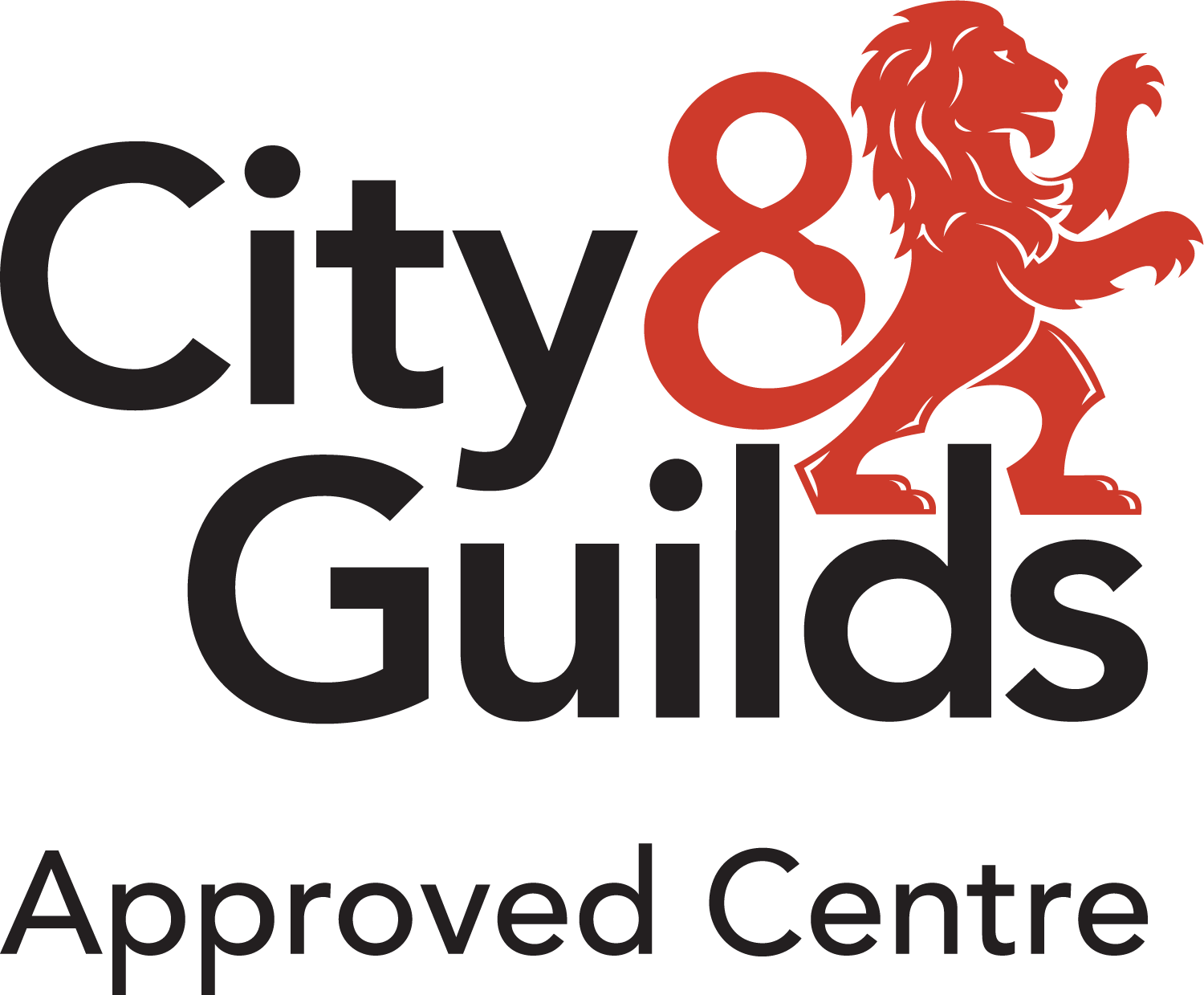Practically every person who is self-employed will at some point in their career come across a person or company who doesn’t pay their bill. Generally non-payers fall into one of the following categories:
- Will pay eventually (but it makes no difference to them whether they pay you now or next month)
- Have no intention of paying and will give you the run around
- How to give yourself the best chance of being paid
Agreeing payment terms as a small business can be tricky. On the one hand you will want to please your client rather than run the risk of losing them. Setting up a system to encourage your clients to pay on your terms can save weeks of waiting and constant worry.
Draw up a business agreement
The key piece of advice is to be business like with every client no matter how nice they seem to be or how much you need the work. One of the easiest ways to do this is to have an agreement in writing over how payment is going to be made before the work begins. If you find that a client refuses to sign any kind of agreement with you beforehand then this is a first warning sign that they may not have good intentions of paying for your work.
Your business agreement should list the customers’ requirements and ask the customer to confirm by indicating yes or no that these requirements have been met. Ensure before work commences that the customer is clear what you will be doing by showing them these requirements and asking them to sign to confirm that this is what they’d like you to do.
It is always wise to invoice timely and accurately for your work so your customers know you take being paid seriously.
The step by step guide to obtaining payment
Here at Trade Skills 4 U we decided to do some digging to find out what the rules are with regard to late payments and what you can and cannot do when it comes to chasing money owed to you.
There is good news for making your plea for payment heard however. On March 16th 2013, the UK became one of the first EU countries to implement late payment legislation. It aims to make pursuing payment a simpler process right across the EU reducing the existing culture of paying late and making payment on time the norm.
All these methods are contained in the late payment legislation so you can be sure you are acting in a business-like manner using the most up to date methods available.
Make sure you know when your payment is officially late
The law says that payment is late after 30 days for public authorities or 60 days for business transactions.
The days are counted from
– When the customer gets the invoice
OR
– You have completed the works agreed
In order to reduce the waiting time, it is better to agree a payment date on your agreement as discussed earlier in this post, as this will determine when your payment is late.
Adding interest
If you have waited a reasonable time you may decide to claim interest. You must ensure you charge the correct rate. Currently this is 8% plus the Bank of England base rate for business to business transactions. This is known as statutory interest.
When you have calculated statutory interest due on the amount you are owed, send your customer an updated invoice to reflect the new amount they now owe you.
Debt Recovery
This is a good way of claiming additional costs occurred by chasing the debt such as telephone call charges, postage costs and your own time etc. The amount you are able to charge depends on how much your customer owes and is set by the payment legislation.
– Up to £999.99 – Fee of £40
– £1,000 – £9,999.99 – Fee of £70
– Over £10,000 – Fee of £100
Small Claims Court
This is a last resort after trying the above methods. You will have to pay a fee to bring your case to court and you may lose this fee and lose your case, however for claims below £10,000 this is the most cost effective option for taking legal action. You may be able to claim court costs back if you win the case, however the judge will need to see proof of the efforts you have made to recover the money owed to you prior to court action.
- Your client must respond to your claim within 14 days of receiving it.
- If they do not respond then the court will order them to pay.
- If they pay or offer you an amount you are happy with, you need to inform the court that you are withdrawing your claim.
- The first step after winning the case is to find out how much your client can afford to pay.
- The court will offer additional court orders for this such as:
- Sending bailiffs to collect payment
- Getting money deducted from wages
- Freezing assets or money in accounts
- Charging the persons land or property.
Conclusion
This article is not intended to constitute legal advice. It is a simple guideline to ensure you are aware of the correct processes to follow to give you the best chance of being paid by a difficult client. If you are in any doubt about any aspect of chasing money, you should seek advice from either the CAB or a solicitor.
Remember most customers are perfectly fine and pay on time every time. The few which do not often pay when the threat of further action and charges loom. This article exists to demonstrate a clear pathway which can be used to ensure even the worst clients have to pay eventually.




















